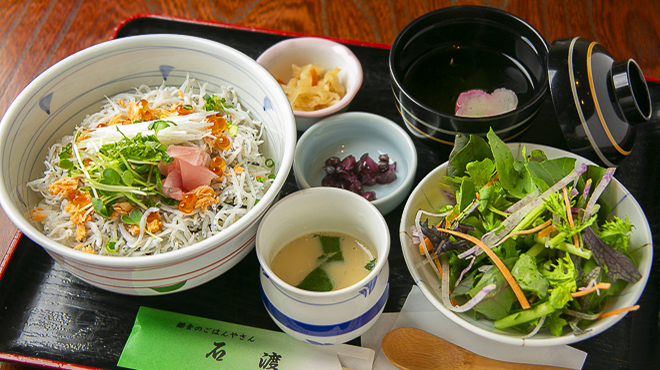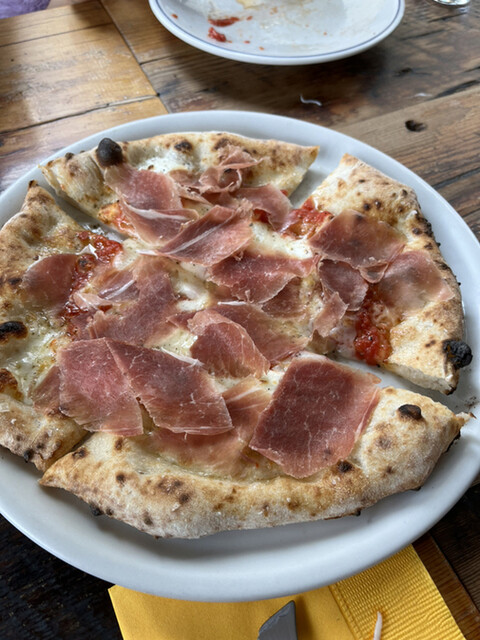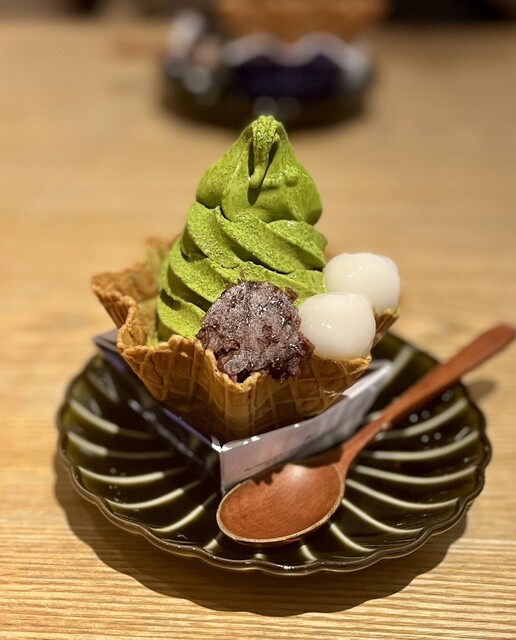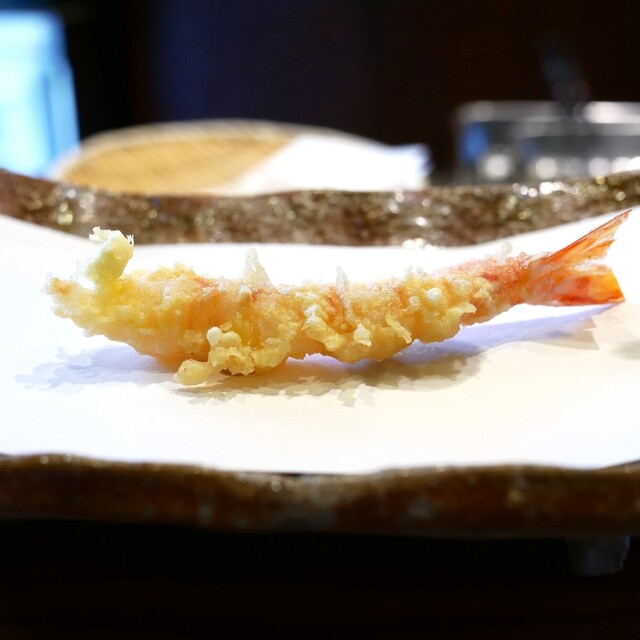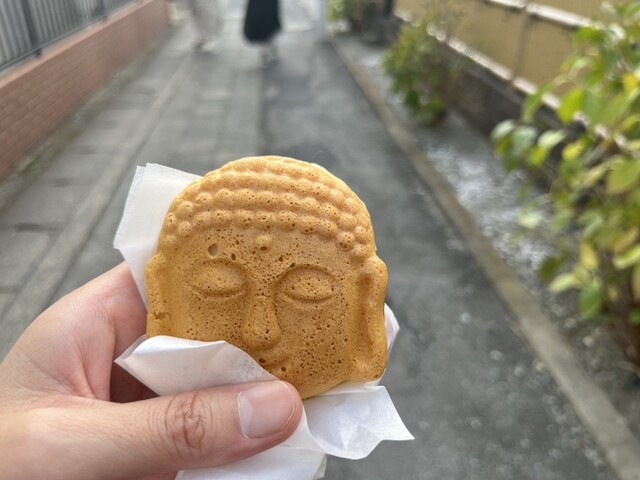
The 61 large stone steps are a symbol of the Tsuruoka Hachimangu Shrine. When you climb them, you'll realize that they're surprisingly steep, so take your time and don't rush. At the top of the steps, you'll find the main shrine, which was rebuilt during the Edo period by the Tokugawa shogunate. It enshrines Emperor Ojin, Hime no Kami, and Empress Jingu. The main shrine is a very valuable building, designated as an important cultural property of the country. The beautiful vermilion-colored shrine has a solemn and wonderful atmosphere.
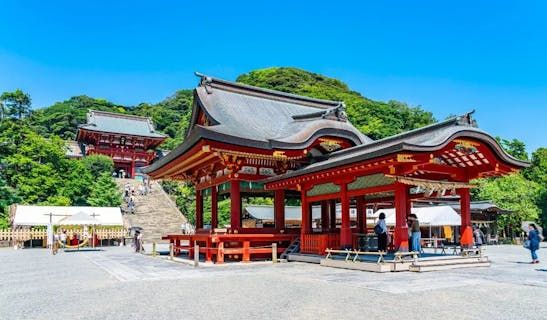

















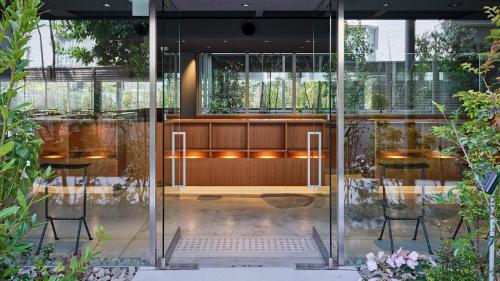









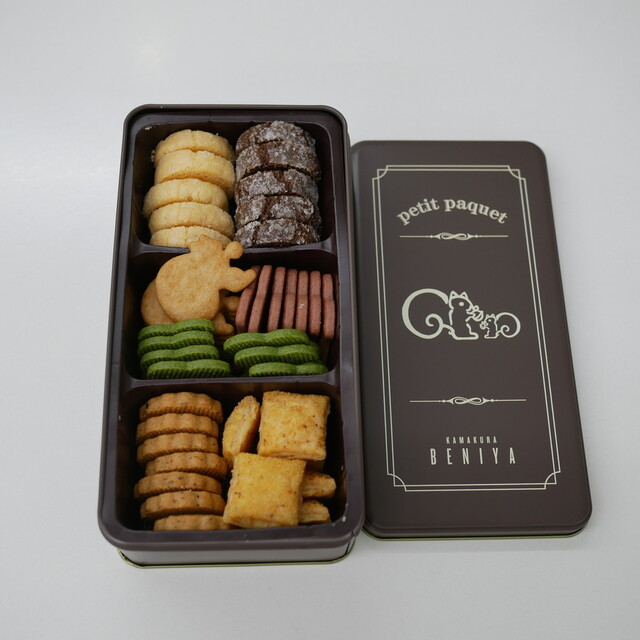
 ~¥999
~¥999
 -
-
